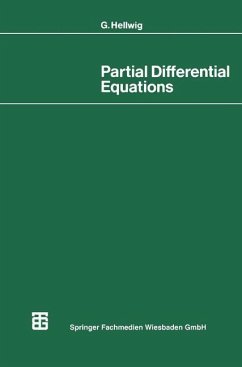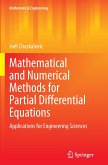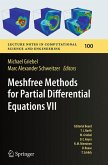This book is intended to give an introduction to the field of partial differential equations. The presentation is intentionally not too brief so that graduate students should be able to read it without serious difficulty. In addition to requiring a thorough knowledge of differential and integral calculus as well as of the theory of ordinary differential equations, it presupposes a few results from complex variables, and, in its last part, a few from func tional analysis and real variables. The goals of the book necessitated a careful selection of material. Of course, in the framework of this "guidebook," problems that today stand in the foreground of scientific development could only be taken into consideration peripherally. However, the author hopes that his efforts to present some of these can be felt. In Part I, simple examples are treated, namely, the wave, potential, and heat equations. There the Gauss integral theorem in R" appears as an important tool. Part II deals with the normal forms and characteristic manifolds for partial differential equations of the second order and for systems of partial differential equations of the first order in more than one unknown function. Here normal forms are given that can be obtained by very ele mentary means. In Part III questions of uniqueness for various initial-value and bound ary-value problems are discussed, by means of the maximum-minimum principle and the energy-integral method, respectively.






